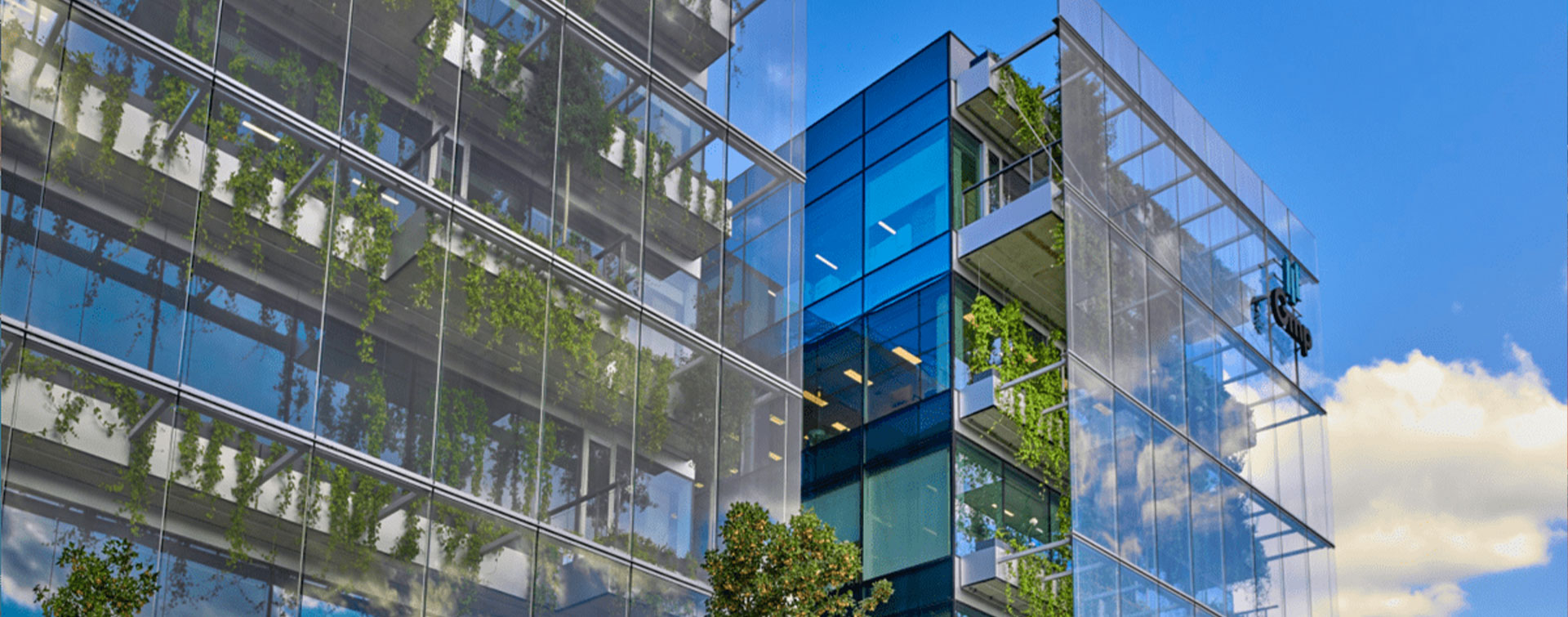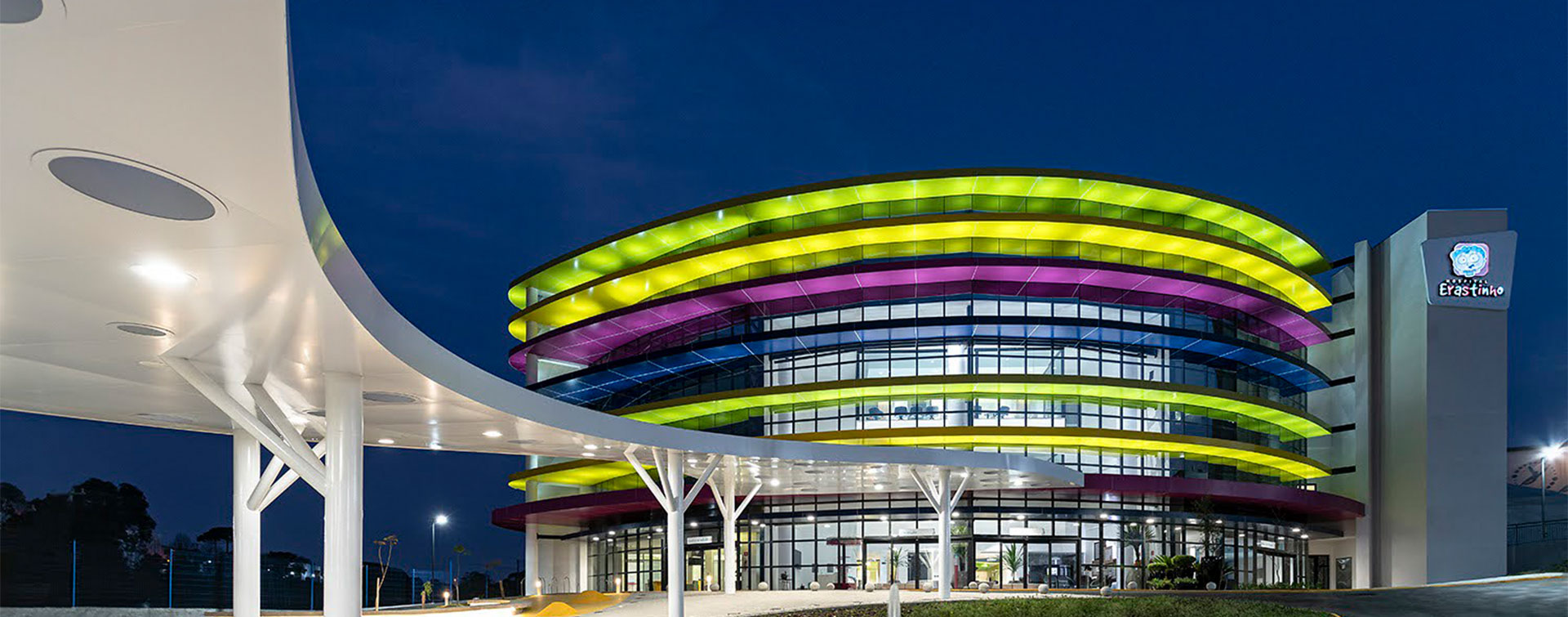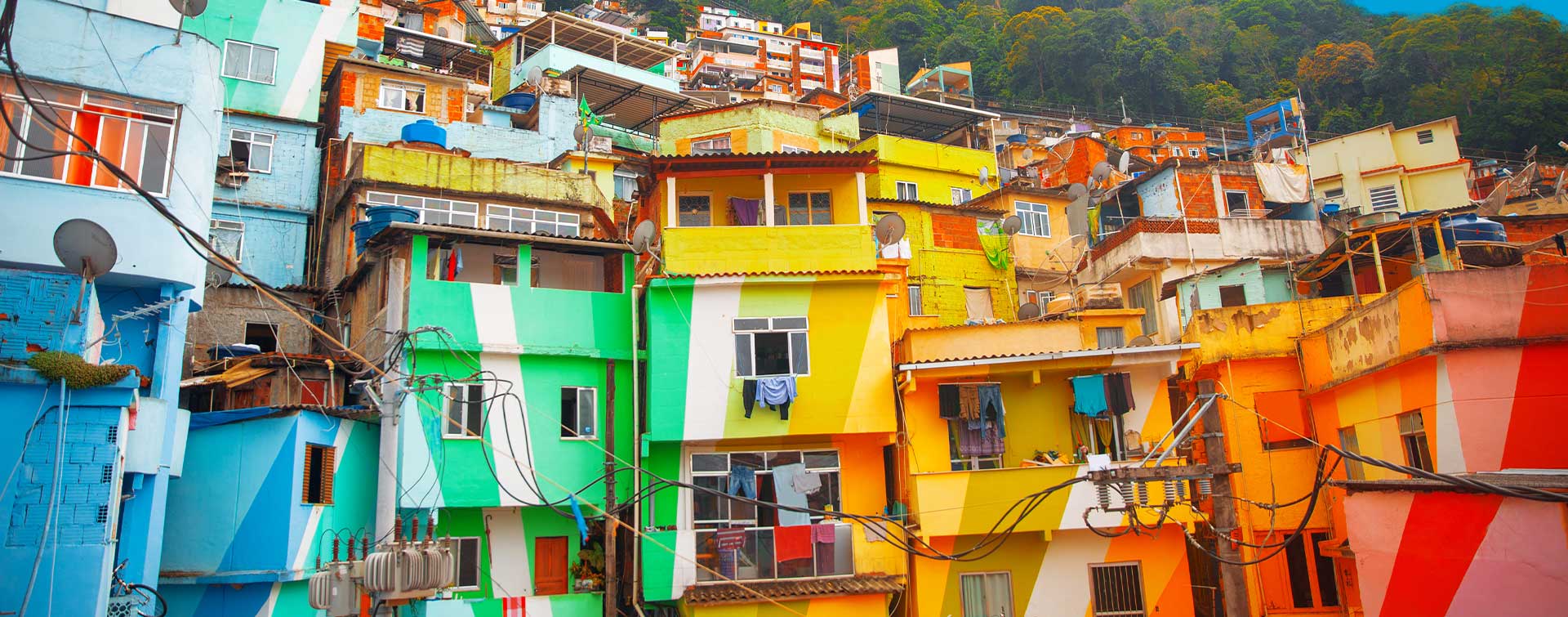 8 min
8 min
There are currently two billion air conditioners worldwide, with some 135 million new units being added each year. The International Energy Agency (IEA) predicts that this number will triple by 2050 with the increase in income in emerging countries such as India, China, and Indonesia, combined with the impending rise in temperatures. Half of the appliances will be concentrated in Asia alone. However, the Old Continent will not be left out: by the end of the century, there will be up to 100 days a year above 35°C in Southern Europe, which will heighten demand. Merely in France, the ownership rate could reach 50%.
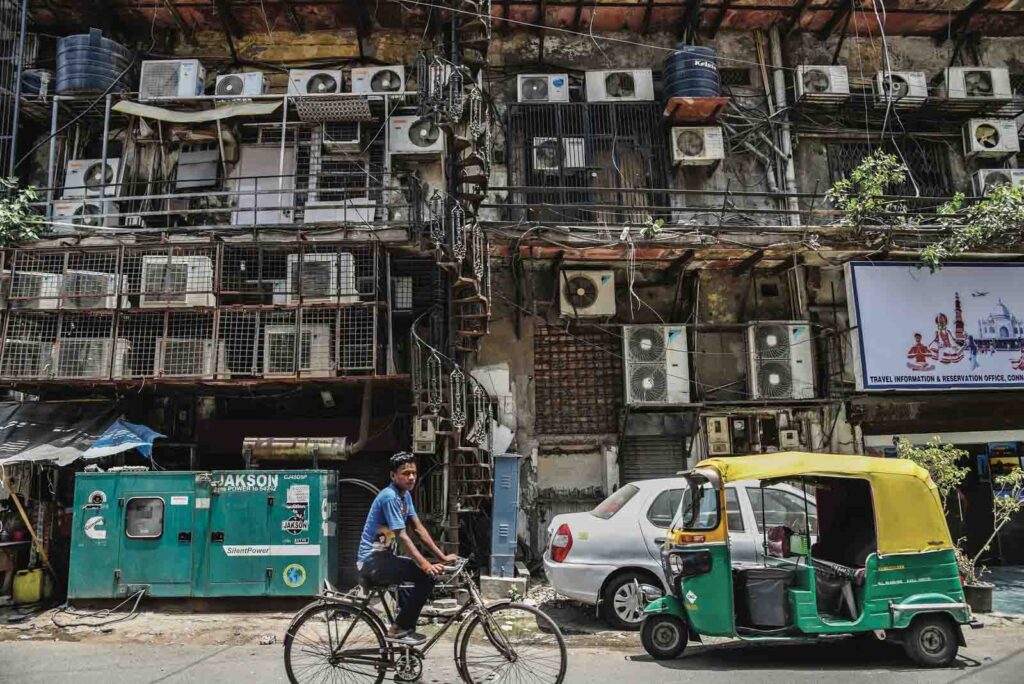
For better or worse
“Air con” has its good side. According to the IEA, it saves tens of thousands of lives each year, if only in residential care homes for the elderly or hospitals. In Japan, where 90% of households have access to conditioned air, 30,400 heat-related deaths were able to be prevented in 2019, compared to just 2,400 in India, where no more than 11% of households are equipped with air conditioning. However, air conditioning aggravates heatwave phenomena. To pump cold air inside, the same amount of hot air has to be emitted to the outside, which contributes to heating the ambient air and further increasing the need to cool living spaces. A truly vicious circle that encourages the appearance of heat islands in the urban environment (+1°C at night in the city center) and, according to the IEA, is responsible for the emission of around one billion metric tons of CO2 per year, out of a total of 37 billion. Not to mention the associated release of hydrofluorocarbon (HFC) refrigerant gases, whose greenhouse effect is 14,000 times more powerful than carbon.
In terms of energy, air conditioning’s projected development is also a source of concern. If India or China were to reach a 50% ownership rate, the annual production of a country like Norway would be required to provide the necessary electricity. Quite apart from any consumption peaks during warmer months, which are difficult to manage for electricity producers and lead to power cuts.
1 billion
metric tons of CO₂ are emitted each year by conditioned air, out of a total of 37 billion.
Sustainable urbanization
In an urban environment, the high concentration of human activity and land take further contribute to the rise in temperatures. Concrete and metal surfaces store heat, while asphalt seals the ground, preventing it from releasing the humidity that it could give back after rainfall. In the light of this phenomenon, the chosen solution is to reintroduce nature into the city. The creation of green spaces, urban forests, pools, and lakes is a source of invaluable cool islands and attenuates the influence of human activity on the environment. Sustainable urbanism also prioritizes reflective sidewalks that do not retain heat, limiting vehicles, and putting up buildings so that they take advantage of the prevailing winds. In Tel Aviv, Israel, buildings are therefore built on pillars to allow air to circulate under housing.
Passive habitats, a real asset in the fight against air con
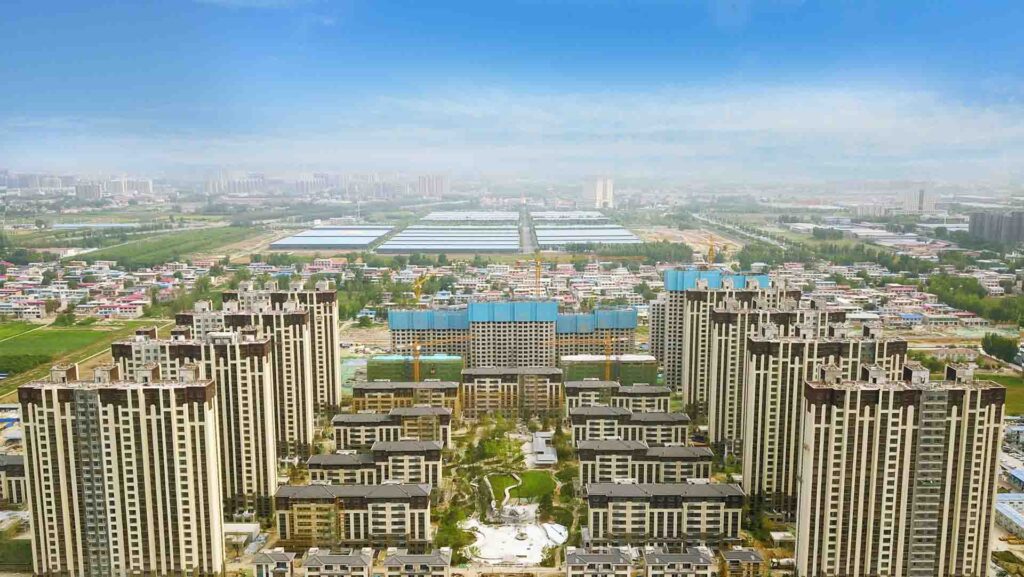
Passive buildings, with up to 80% lower energy consumption, are an eff ective alternative to the systematic installation of air-conditioning units. Reinforced thermal insulation, airtightness, balanced ventilation, orientation according to the cardinal points and winds, revegetation of the surrounding areas, installation of double or triple glazing with solar control, fitting of blinds or shutters, etc. All these options naturally reduce the indoor temperature. Thanks to these multiple assets, numerous projects are springing up in Europe and France, and further afield. In Gaobeidian, 100 km south of Beijing, China is building the largest complex of passive houses in the world: Train Passive House City. Up to 7,000 people will live in this new district built on the site of the former freight railway station, which will include over 20 skyscrapers, residential buildings, and offices, various museums, hotels, schools, etc.
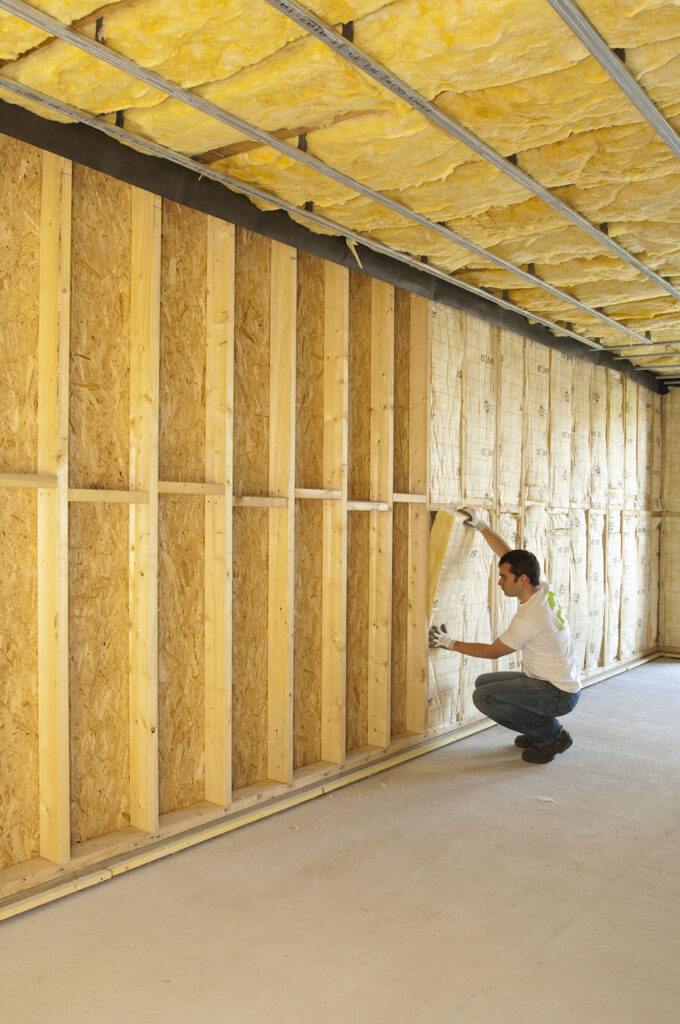
Materials play a leading role in passive houses. So-called “phase-change” materials used for the construction of “thermal walls” are offering new prospects. These paraffin substances have a melting point that can be adjusted, for example to 20°C. As soon as the ambient temperature exceeds this level, the materials “melt”, absorbing heat. When the temperature drops, particularly at night, they resolidify and release the latent heat. Meanwhile, a green or reflective white roof protects housing, limiting the temperature rise indoors and cooling it in summer.
When it comes to this principle of maintaining moderate temperatures, certain age-old architectural practices are also proving extremely pertinent, such as the construction of wind towers (natural ventilation system inspired by the Middle East), cross ventilation (creation of smart air flows), using terracotta with excellent thermal performance, etc.
Toward more virtuous air conditioning
In parallel, innovation in terms of air conditioners themselves is continuing to make them greener. Many start-ups are working on more energy-efficient equipment whose temperature cannot go below 24°C. Others are coming up with alternative cooling systems. Already tried and tested in Austria and Switzerland, the 22-26 concept (with an indoor temperature oscillating between these two markers) from the firm Baumschlager Eberle Architekten (BEA) does not require a heating, ventilation, or cooling system. A first building with 24 housing units using this method will be inaugurated in Lyon (France) in 2025 in the Confluence neighborhood.
For its part, “free cooling” cools down a building benefiting from the temperature difference between the outdoor and indoor air or very cold water, harnessing shutters and ventilation. Seawater heating is a variant of this system, in which water is used to cool buildings. In India, the company Ant Studio has designed “The Beehive”, a honeycomb-shaped structure that cools the ambient air without using energy. It gathers simple terracotta tubes in which air circulates and over which water runs before being recovered in a pool and reused in a closed loop.
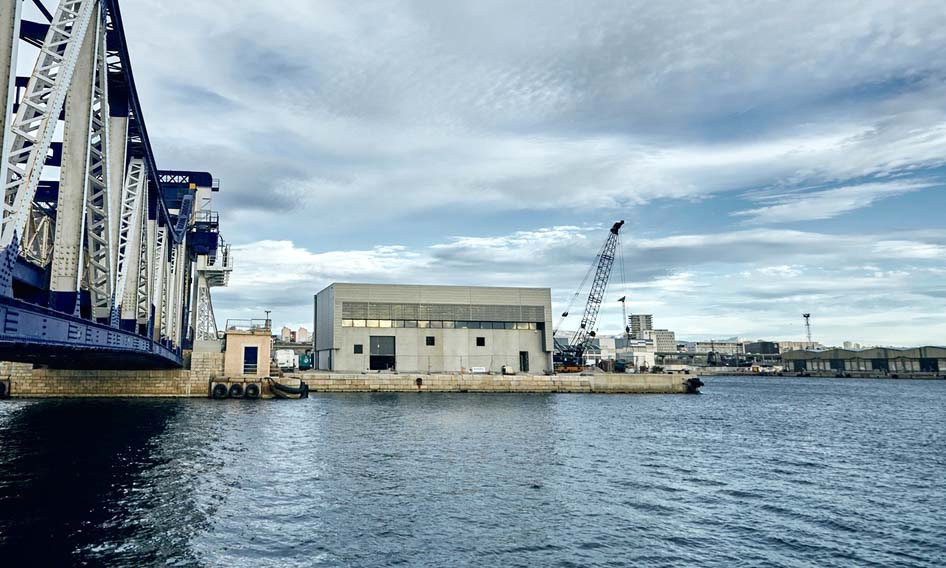
Laws governing practices
In fact, countries are not standing idly by in the light of the surge in air conditioning units and their consequences. In France, the government recommends setting the air conditioning no lower than 26°C. In Italy, a law from 2022 forbids lowering thermostats below 25°C in all public areas. In parallel, renewable energies are encouraged in order to reduce the carbon dioxide linked to the electricity consumed by air conditioners. Solar energy is particularly promising, as it is flourishing in precisely those countries where air conditioning is essential. Nonetheless, all the actions on an international scale are being taken without consultation, hence the need for genuine political will, strengthened legislation, and better regulation of practices. The few current thermal regulations could one day serve as a helpful basis for a long-awaited global standard.
While a world without air conditioners may be a utopian dream, solutions exist to stem their pernicious effects in the more or less short term. Manufacturing more energy-efficient air conditioners, adapting our buildings and environments to make them less vulnerable to heat, changing our lifestyles, developing innovative technologies, etc., with – in our sights – the challenge of a proactive policy to regulate their use on a global scale.
- There are currently two billion air conditioners worldwide.
- Hydrofluorocarbon (HFC) refrigerant gases cause a greenhouse effect 14,000 times more powerful than carbon.
Photo credits: © majorosl66/Adobe stock, © SAUMYA KHANDELWAL, © SIGA © EDF Optimal Solutions








